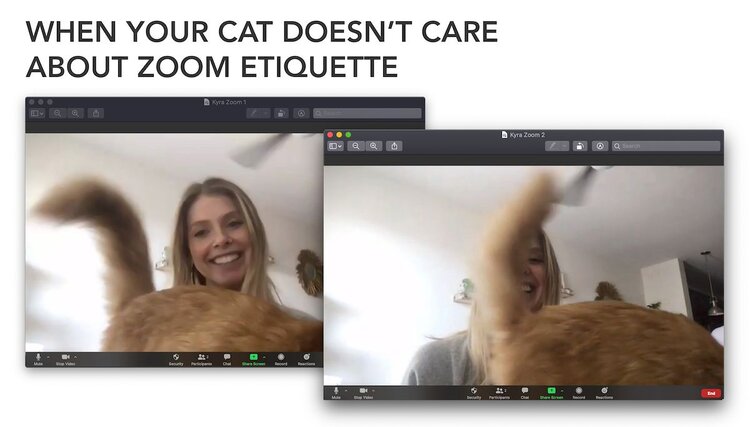
Seeking Graphic Design Talent
CONNECTIVE Agency is an integrated marketing and communications agency based in Dallas, Texas. We get to work with local, national, and international organizations. Our clients are leaders in the education,…
Zoom much? For corporate America, schools and universities and even the medical community, the answer continues to be yes, with 87% more people using video conferencing today than the past two years, according to “50 Video Conferencing Statistics: 2020” on Medium.
Other bullish video conferencing stats:
Let’s talk about that last one. The COVID-19 pandemic has, perhaps permanently, shifted our working environments and routines. How can we use our changed situations to make a leap in how we connect with others? Rather than viewing the limits of video conferencing, let’s look at how we can use the shift in boundaries of traditional work-life balance to make our work more meaningful.
For remote teams, video conferencing isn’t quite the same as face-to-face interactions, yet it’s still an improvement in communications over audio only, at least most of the time.
So, to make the most of video conferencing at your office, consider the following tips.
1. Make an effort, but don’t be too buttoned up.
You aren’t sitting in a conference room, so conversations and even your wardrobe can be a bit more informal. Use the more relaxed environment to encourage all team members to contribute. In a formal setting, often executives do most of the talking and team members only contribute when called on. Use the opportunity to create a more inclusive company culture.
2. Be forgiving.
Technology is unforgiving enough. People will be late, home settings can get noisy, and audio will take a while to connect. It’s OK! Pad your schedule to allow for a few minutes before and after meetings to accommodate for these unforeseen issues.
3. Don’t be afraid to turn on your camera!
Always defaulting to the camera-off approach isn’t going to help you connect. Obviously, we can’t always use the video feature, but it can be incredibly helpful to communicate your thoughts and vision and read the body language of others. Another bonus: picking up on the cues that someone is about to talk so you don’t interrupt or talk over a colleague.
4. Lean in and engage.
How you’re perceived on video is different than in-person meetings. For example, if you’re someone who breaks eye contact to think, and you look off camera, that could be perceived as a distraction. You’ll need to adjust your body language and where you focus your attention to appear as engaged as you actually are.
5. Professionalism is important, but you can also have fun!
When you’re working from home, you’re opening your life up to your work. The work-life boundaries are blurred. Embrace that and allow others in. It really helps to create a feeling of togetherness and to learn about each other. It also allows us to empathize with one another. Maybe, just maybe, we’ll all treat each other a little better after getting a glimpse into one another’s lives. We aren’t robots. We are all human with unique circumstances and lives. Work is just one part of that.

6. Show emotion.
That doesn’t mean you should break down and cry on a Zoom meeting. But we’ve all had a little reckoning lately. What’s the point of our work? Why are we doing what we’re doing? What good can we bring to our world right now? If you’re passionate about a project, prospect or other business opportunity, don’t be afraid to show that passion. How are we using the circumstances of the present to align our personal vision and mission with the work we do?
What’s the most interesting thing that’s happened to you while you were on a call?